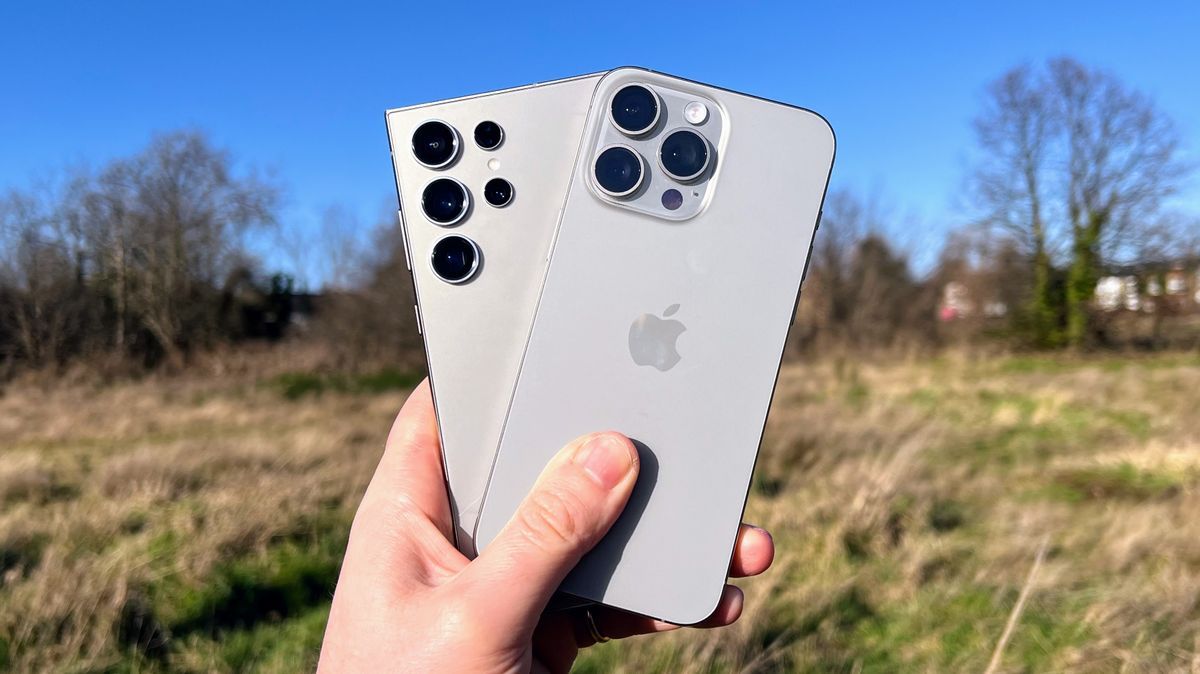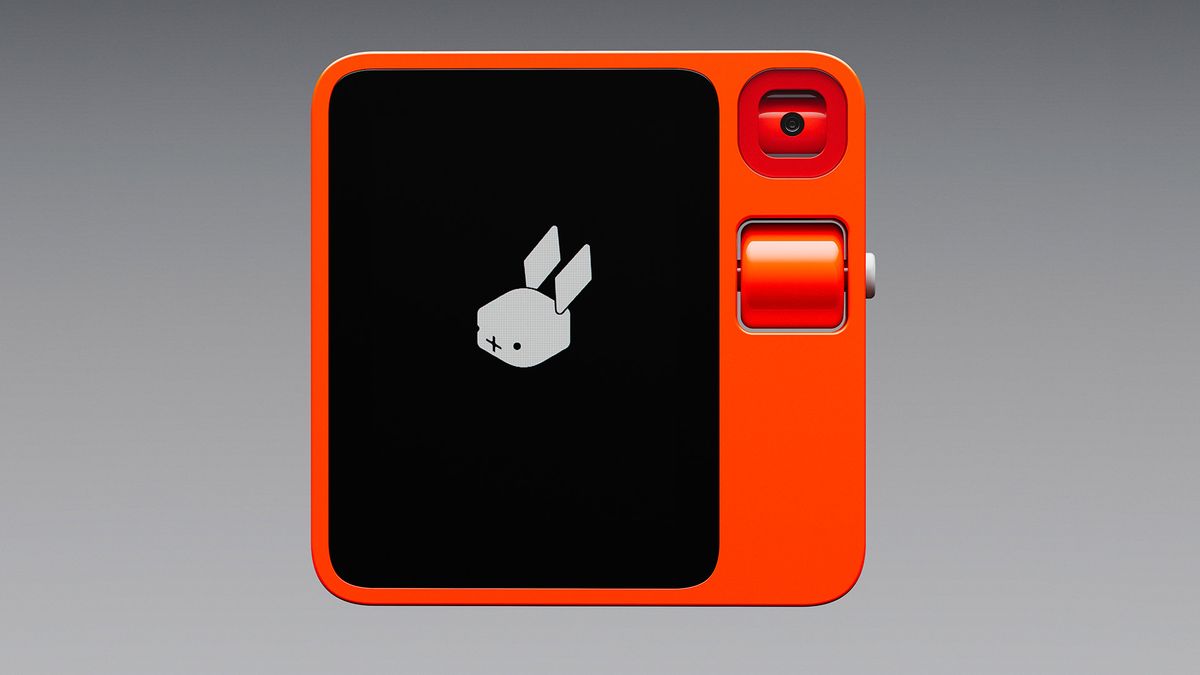When rumors emerged that the iPhone 15 Pro would have a titanium frame last year, I wasn't convinced. Not because he doubted the veracity of the near-constant rumors about smartphones, but because the use of titanium could be a marketing gimmick and a way to increase the price of the next-generation iPhone and subsequent phones that followed. Steps.
I made a mistake.
There's nothing like experiencing things firsthand, and once I got my hands on the iPhone 15 Pro Max, my view of it and the use of titanium completely changed, to the point that the iPhone 15 Pro Max stopped me from go back to Android.
In simple terms, the use of titanium in the iPhone's larger chassis not only made the phone noticeably lighter compared to the iPhone 14 Pro with its stainless steel frame, but it also made what I considered an iPhone a bit too big on one device. That's much easier to handle. Suddenly, I'm a Max guy.
Having originally felt that I would miss the weight of steel on the Pro iPhones, my view has changed to the point that I now gently caress the somewhat soft-touch sides of the titanium-swing iPhone 15 Pro Max. That, and the work Apple has done to combine four color options on the metal, has created an attractive phone that maintains what was good about its predecessor's design but refines it beautifully.
Of course, careful use of titanium in one phone doesn't mean it will be the same for others. But you may have to conquer that slight skepticism once again.
That's because I also have the Samsung Galaxy S24 Ultra to test, which, like its Apple rival, has also opted for a titanium frame.
Elementary, my dear smartphone
Samsung's new flagship hasn't managed to lose as much weight as the iPhone 15 Pro Max compared to its respective predecessor, the Galaxy S23 Ultra, but it still feels a little easier to use with one hand. Combined with new flat-screen edges and gently curved titanium sides, the large 6.8-inch phone feels smooth and comfortable in my hands, and the edges seemingly blend better with the overall body of the phone.
What's more, I also got a real-world demonstration that titanium is really strong and lightweight. A few days ago, while I was placing my coat on a chair in a local pub, the Galaxy S24 Ultra decided to jump out of the inside pocket of my coat and launch itself like a bomb onto the hard floor. While my fellow editor-in-chief, Matt 'Entertainment' Bolton, laughed wryly at my clumsy nature, I stared in horror at what I thought was going to be a savagely fragmented phone. But instead, the Galaxy S24 Ultra remained unscathed.
This was quietly impressive, especially since the Galaxy S23 Ultra somehow took a hit to its body simply from being in my bag let alone landing on the floor. So the Galaxy S24 Ultra is a pretty tough puppy and perhaps sets a standard for other phones to follow.
Don't get me wrong, the Galaxy S23 Ultra is still a lovely phone that can withstand the rigors of everyday life. But the S24 Ultra is a testament to how iterative evolution can ultimately lead to a fantastic piece of hardware overall; I hate myself for saying that, since I wanted Samsung to push phone innovation even more, but I guess that's more for their foldable phones.
Speaking of which, while I'm now convinced that titanium is great in flagship phones and should be adopted by next-gen Pixel and OnePlus phones, it could be a boon for foldable devices.
I love using foldable phones and currently have a Samsung Galaxy Z Fold 4 within my reach as I write this. But they never end up being my main phones because of their weight. Now, if the rumored Samsung Galaxy Z Fold 6 were to opt for a titanium frame, it could become a foldable phone that feels much easier to use and pocket on a daily basis. I hope that by using stronger metal, a next-generation Fold can also be made a little thinner.
In short, I have become a convert to using titanium in phones. Even if it means they get a price increase, I think the added strength, lightness, and overall feel is worth it. And now I'll wait and see if future versions of some of our best Android phones will follow the lead of the iPhone 15 Pro Max and Galaxy S24 Ultra; shoot in 2024.








